In the process of creating this blog post dedicated to defining a Biocity, I played a crucial role in conducting comprehensive research and contributing to the compilation of a specialized dictionary. As part of a collaborative effort involving students from the Institute for Advanced Architecture of Catalonia (IAAC), and under the guidance of mentors Honorata Grzesikowska, Michael Salka, Vicente Guallart, Alan Organschi, and Daniel Ibanez.
To commence the research, I began by delving into existing literature to gain a profound understanding of the concept of a Biocity.
My initial tasks involved sifting through various sources and identifying an author whose interests, practices, and goals closely aligned with those of Biocity. In this regard, Stefano Boeri emerged as a prominent figure due to his pioneering work in “green buildings.” The subsequent steps in my research included a meticulous review of Boeri’s projects, and texts, and the extraction of keywords essential to the Biocity concept. By synthesizing insights from Boeri’s works, I contributed to the selection of terminologies that form the foundation of this specialized dictionary.
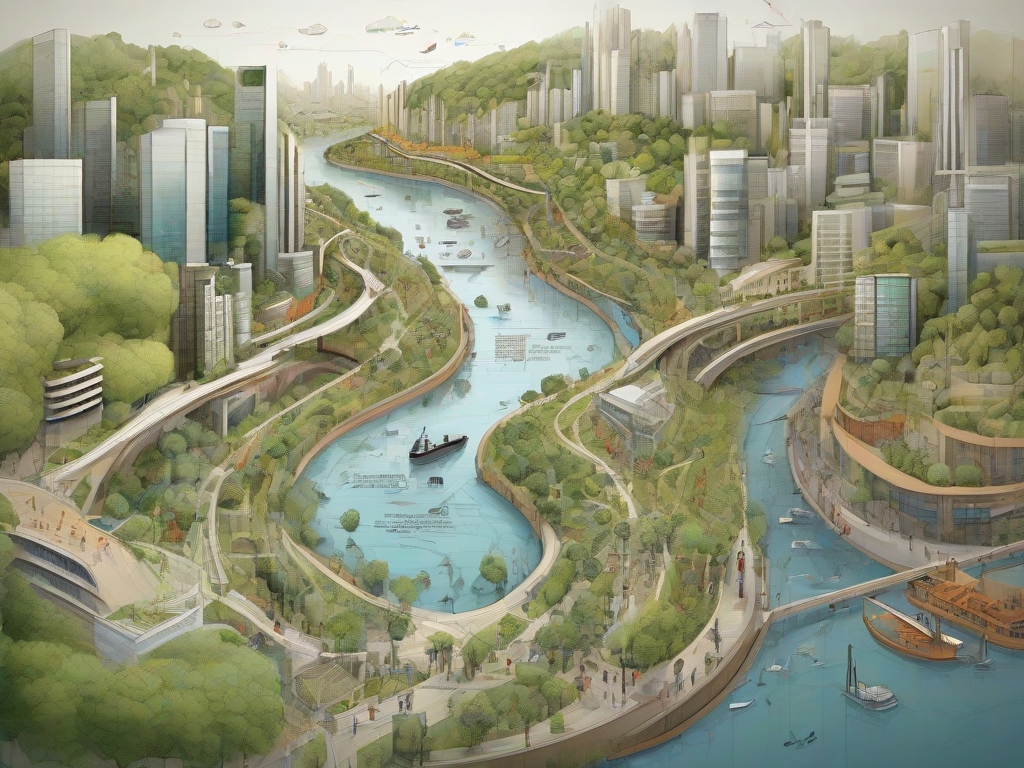
The blog post reflects a collective effort to encapsulate the diverse ideologies into terminolgies that define Biocity, and my role centered around aligning the content with the vision and principles established by Stefano Boeri in the realm of a Biocity is presented with following terminolgies accompanied with pictures and diagrams explaining the definition of the terminology:
01. Bosco Verticale (Vertical Forest) [noun]
Synonyms: Green Tower, Highrise Forest
A harmonious amalgamation of ecology and urban infrastructure, characterized by existing or future timber(carbon sequestering) buildings that feature an extensive array of plant life, thereby promoting connection with nature, while maintaining biodiversity, and enhanced air quality in densely populated urban settings, emblematic of the future of biocities and the seamless integration of architecture with the natural world.
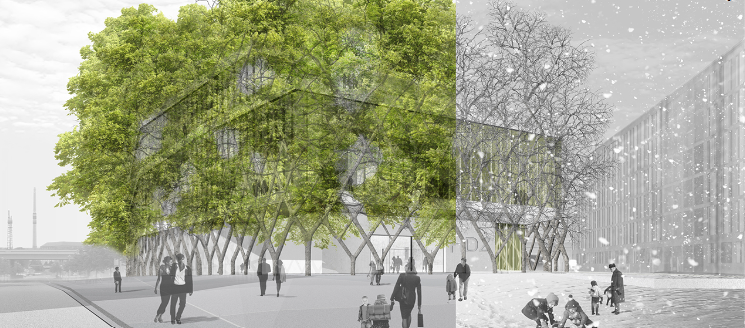
Photographic render by: Marius Vasile, Bianca Azap + Dan Purice, Laurian Ghinitoiu
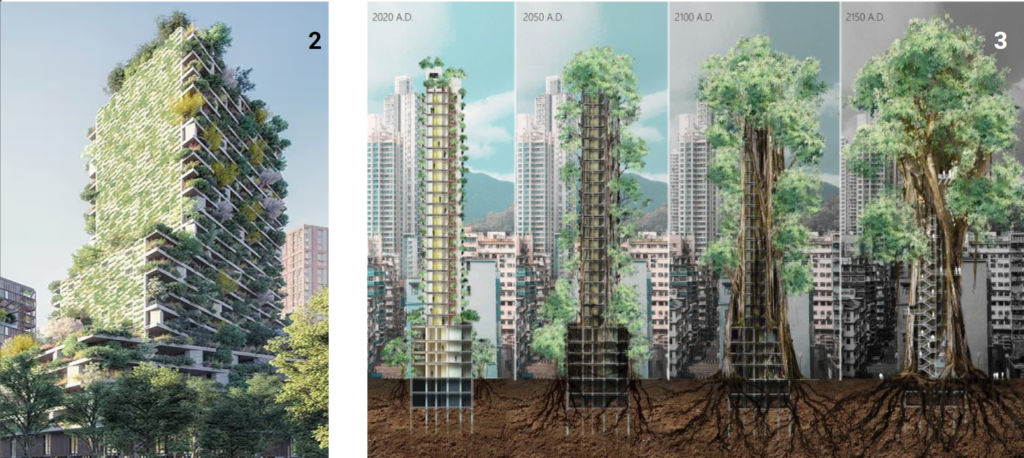
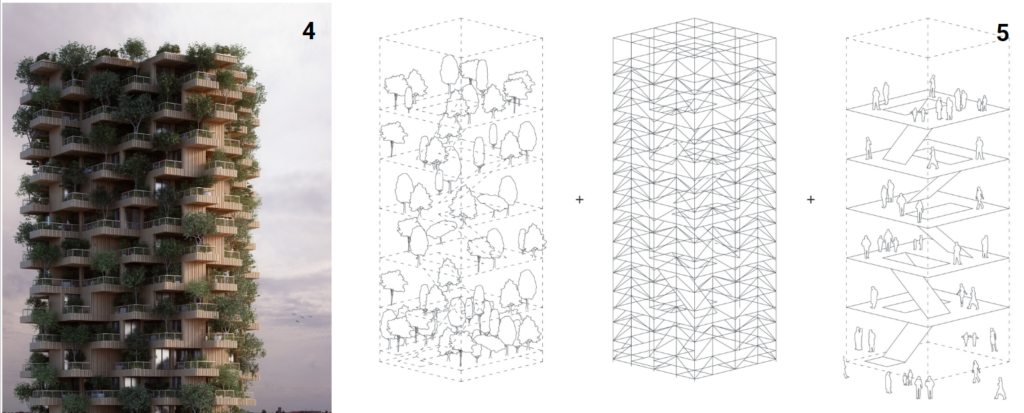
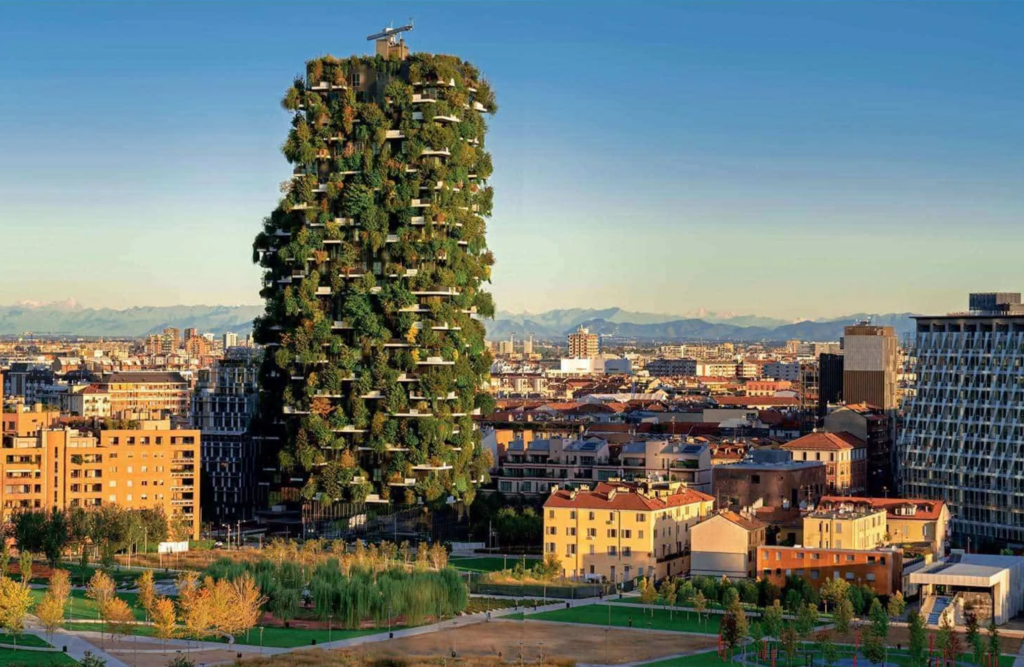
02. Forest City [noun]
Synonyms: Green City, Urban Forest
A Forest City in the realm of Biocities is an urban development that extensively integrates green spaces, trees, and vegetation to create a sustainable, biodiverse, and nature-rich environment. It aims to harmonize urban living with the natural world, prioritizing sustainability and improving air quality while enhancing human-nature interaction. This concept envisions a city that balances ecological consciousness and urban living, fostering a resilient and environmentally friendly urban environment.
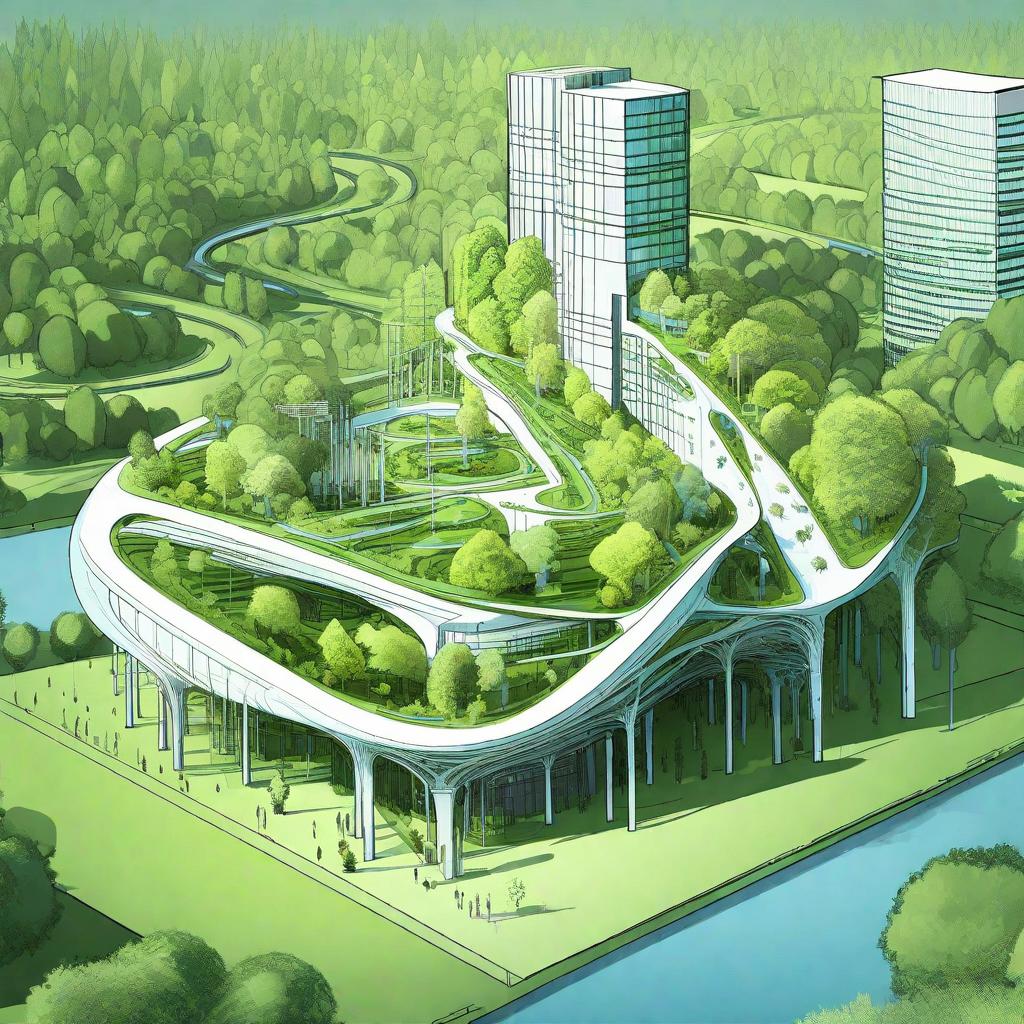
Author: Conceptual Render of a Biocity generated on CLIP
A “Forest City” could be an architectural embodiment of “biophilic design” within the context of biocities, emphasizing the integration of extensive green spaces and vegetation to create a nature-rich urban environment, promoting sustainability, biodiversity, and enhanced human-nature interaction.
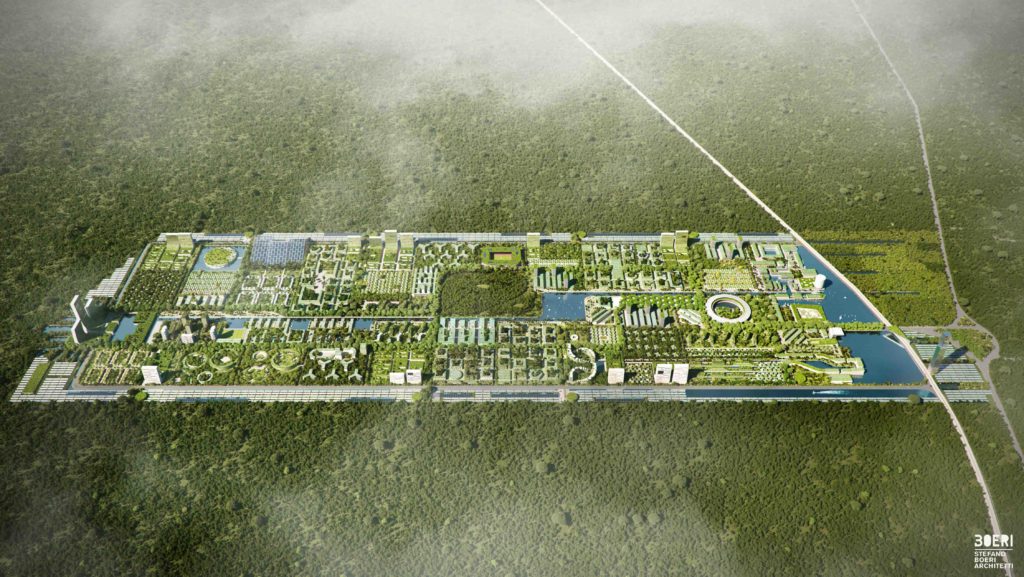
The Carbon-Saving Potential of Urban Parks and Forest Cities illuminates the pivotal role of urban green spaces, particularly within the broader concept of Biocities. The forest city paradigm stands as a potent source of inspiration for Biocities, harmoniously integrating urban planning with nature. The focus on urban greenery not only addresses challenges posed by the UHI effect but also underscores a broader commitment to ecological sustainability and human well-being. By design, forest cities embody a convergence of urban development and environmental consciousness, reflecting the principles inherent in the vision of Biocities.
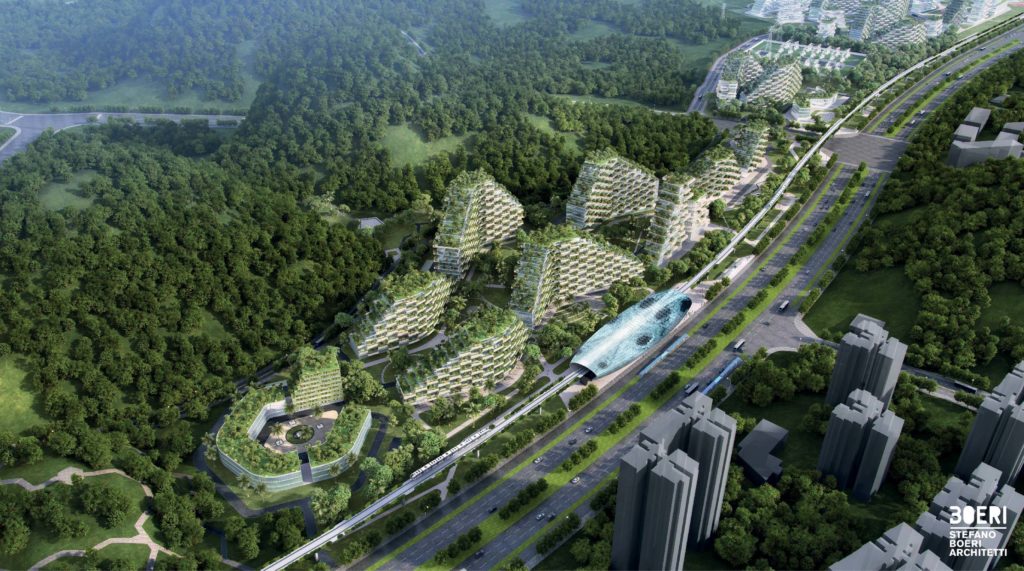
Essentially, forest cities will serve as living examples and inspiration for realizing Biocities, fostering a seamless coexistence of the urban landscape with and contributing to the overall health of the surrounding ecosystem.
03. Environmental Stewardship [noun]
Synonyms: Ecosystem Management, Environmental Responsibility, green embracement
“Environmental stewardship” refers to the responsible and ethical management, conservation, and protection of the natural environment. It involves the active promotion of sustainable practices and the mindful use of resources to ensure the long-term health and vitality of ecosystems. Environmental stewardship includes efforts to reduce ecological impact, preserve biodiversity, and foster a harmonious relationship between human activities and the environment. Practitioners of environmental stewardship aim to minimize negative impacts, promote conservation, and contribute to the overall well-being of the planet for current and future generations.
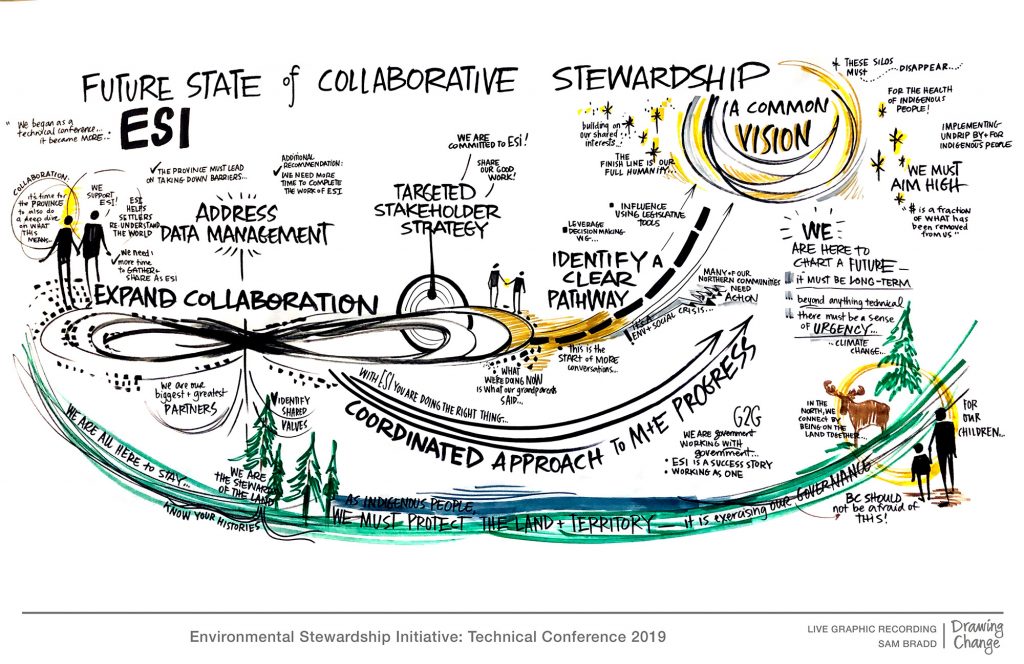
Based on the European Forest Institute (EFI’s) three principles for Biocities, “Environmental Stewardship” serves as a crucial guiding principle in the development of Biocities:
1. Create an Urban-Nature Symbiosis: Environmental stewardship underscores the need to balance urban life with nature, emphasizing the integration of natural elements within the urban environment. This principle promotes the creation of green spaces, such as parks, urban forests, and green rooftops, which enhance biodiversity, improve air quality, and mitigate the urban heat island effect.
2. Urban Transition to Bio-Materials: Environmental stewardship encourages the use of sustainable and biodegradable materials in urban construction. Bio-materials, such as mycelium-based building materials, exemplify this principle.
3. Aim for Self-Sufficiency and Synergies within Surrounding Bioregions: The concept of environmental stewardship drives cities to reduce their ecological footprint by locally sourcing resources and energy.
04. Integral Ecology [noun]
Synonyms: Eco-theology, evolutionary anthropology
A multidisciplinary field of study that examines the dynamic relationships between the physical environment and all forms of life, emphasizing a holistic perspective rooted in systems theory and the interconnectedness of all aspects of Earth’s ecosystem
The first word, “ecology,” indicates the science, or intellectual activity that seeks to understand the relationships of equilibrium established between a physical environment and life in all its forms that develop in it. The second word, “integral,” broadens the basic concept of ecology to incorporate a holistic vision of interconnectedness within the system theory. The conceptual basis is premised on the observational fact that on Earth “everything is interconnected, related.”
Integral ecology and the associated spirituality can be conceived as eco-theological categories of reflection that may offer us a framework or an anchor for thinking, looking carefully at the global environmental problem and reflecting on it from the contributions of faith.
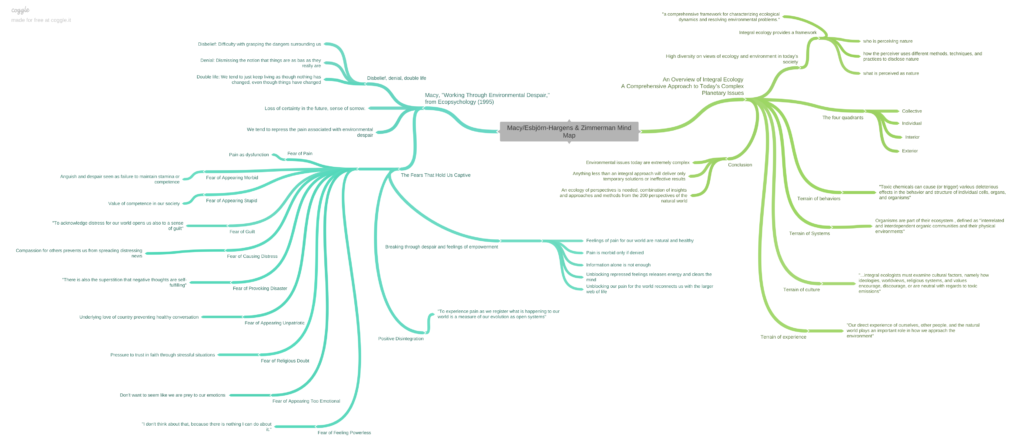
Integral Ecology stands as a paradigmatic framework poised to significantly shape the evolving concept of Biocities. This holistic and interdisciplinary approach is characterized by an acute awareness of the interconnectedness among ecological, social, and economic systems within urban environments. Central to its philosophy is the recognition that the intricate tapestry of urban life cannot be disentangled from the natural world. The Integral Ecology approach emphasizes the imperative to design cities in a manner that transcends conventional silos, fostering sustainability, resilience, and a harmonious coexistence with nature.
In essence, as the Biocity concept evolves, Integral Ecology becomes an indispensable touchstone, challenging traditional notions of urban development and paving the way for a more enlightened and sustainable urban future. By weaving together the threads of ecological, social, and economic considerations, Integral Ecology offers a robust foundation for the realization of Biocities—urban environments that thrive in harmony with nature, demonstrating a profound commitment to the well-being of both inhabitants and the broader ecosystem.
05. Urban Voids [noun]
Synonyms: Eco-urban gaps, Urban wasteland
Officially defined as spatial gaps or vacant areas within an urban environment, urban voids represent critical elements in the context of biocities, characterized by their ecological, social, and functional significance. These areas offer opportunities for creative, sustainable, and multi-purpose development, enabling the integration of green infrastructure, public spaces, and ecological regeneration, contributing to the overall resilience and well-being of urban communities. Their thoughtful utilization aligns with the principles of integral ecology, promoting urban sustainability and harmonious coexistence between humans and the environment.

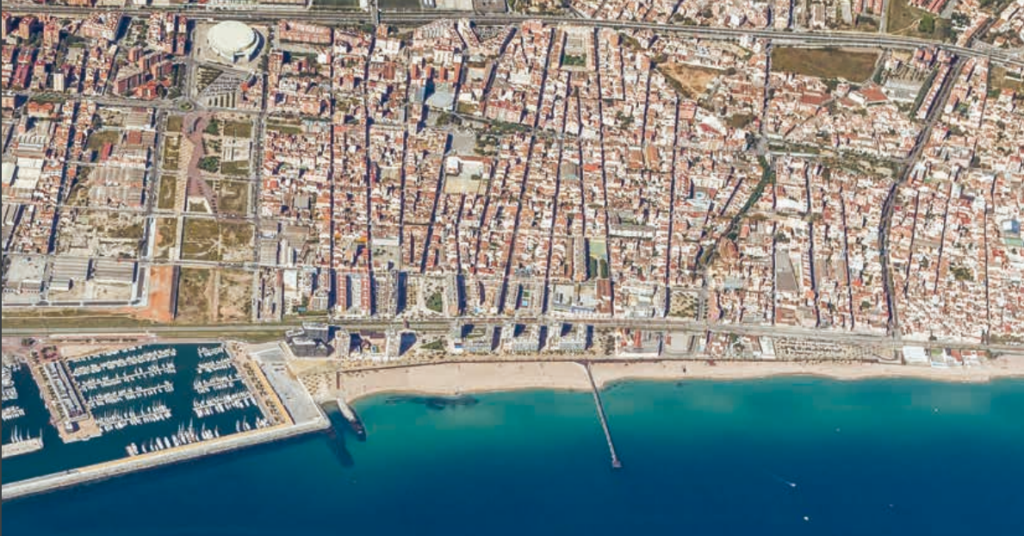
“Urban Voids” and Orbital Forests stand in stark contrast within the context of Biocities. “Urban Voids” represent neglected, underutilized urban spaces, often disconnected from nature and devoid of ecological purpose, highlighting missed opportunities for sustainable and holistic urban development.
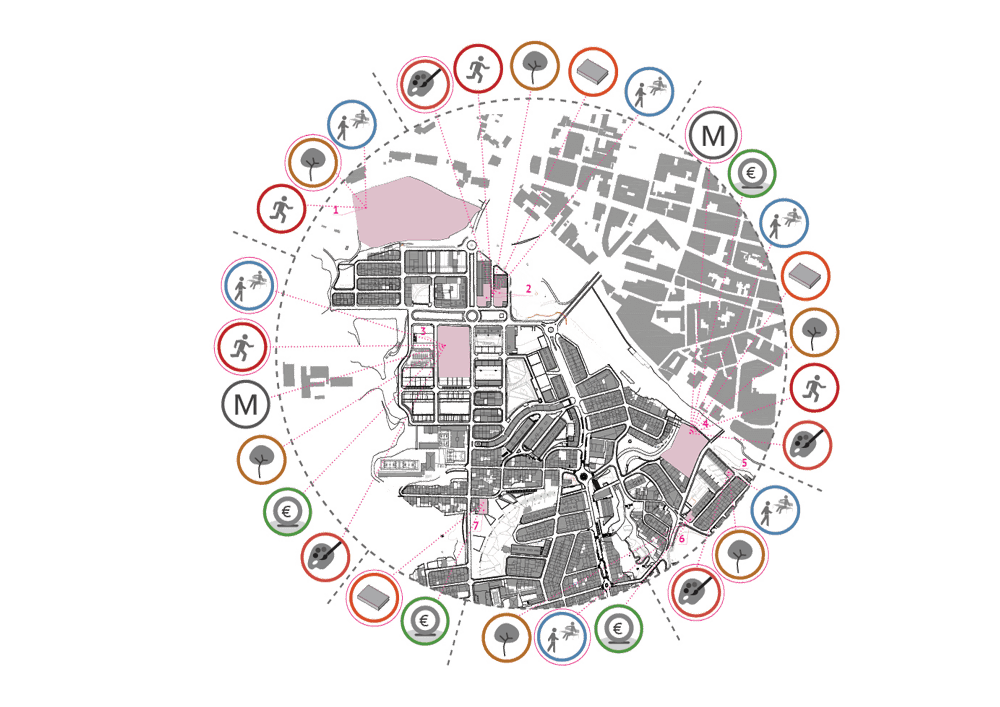
While “Urban Voids” represent underdeveloped potential within cities, Orbital Forests exemplify a proactive approach to harmonizing urban environments with the natural world, embodying the transformative power of Biocities in creating resilient, sustainable, and ecologically conscious urban landscapes.
06. Orbital Forests [noun]
Synonyms: Unfolding forests, peripheral forests
An innovative ecological concept that envisions a network of green spaces surrounding urban areas, primarily in the form of circular, contiguous forested zones designed to harmonize with urban development. Orbital forests serve as multifunctional buffers, enhancing sustainability, biodiversity, and air quality, while also contributing to recreational and ecological well-being, epitomizing the concept of Biocities.
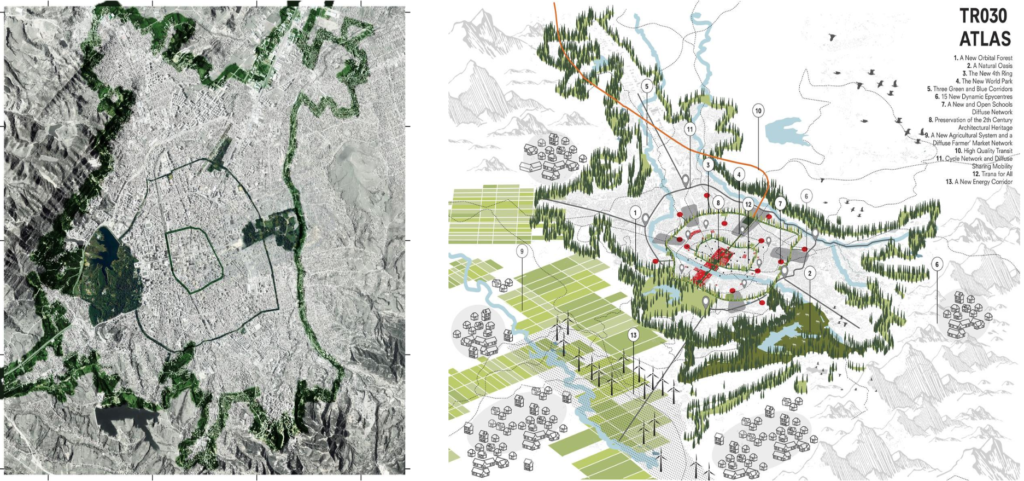
Urban Voids and “Orbital Forests” stand in stark contrast within the context of Biocities. Conversely, “Orbital Forests” represent a forward-thinking ecological concept where circular, contiguous forested zones encircle urban areas, actively integrating nature into the urban fabric. These green buffers serve as multifunctional assets, fostering sustainability, biodiversity, and improved air quality, aligning with the core principles of Biocities.
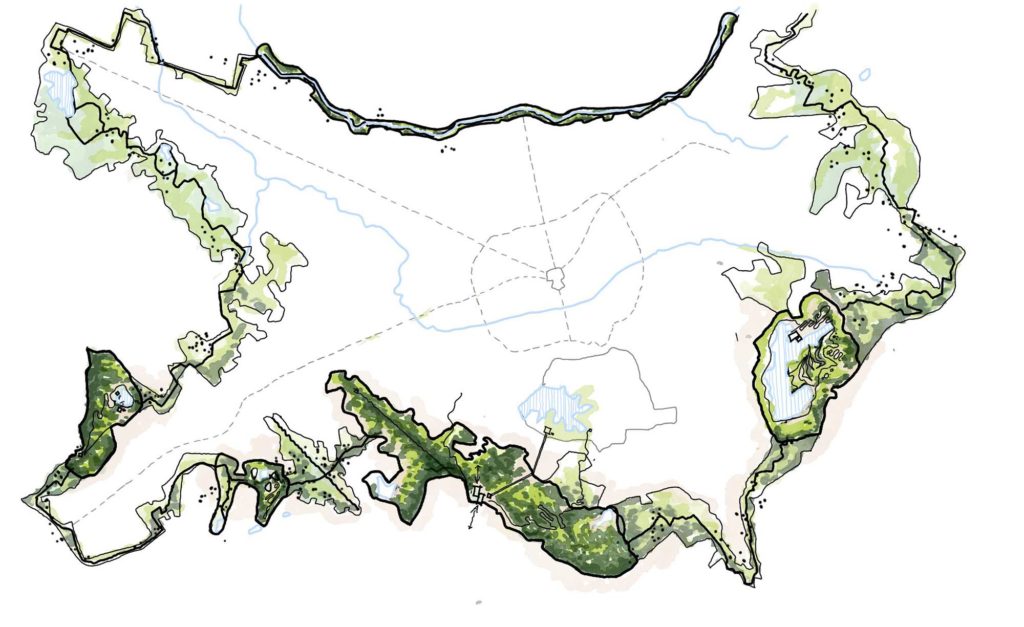
While Urban Voids represent underdeveloped potential within cities, “Orbital Forests” exemplify a proactive approach to harmonizing urban environments with the natural world, embodying the transformative power of Biocities in creating resilient, sustainable, and ecologically conscious urban landscapes.

